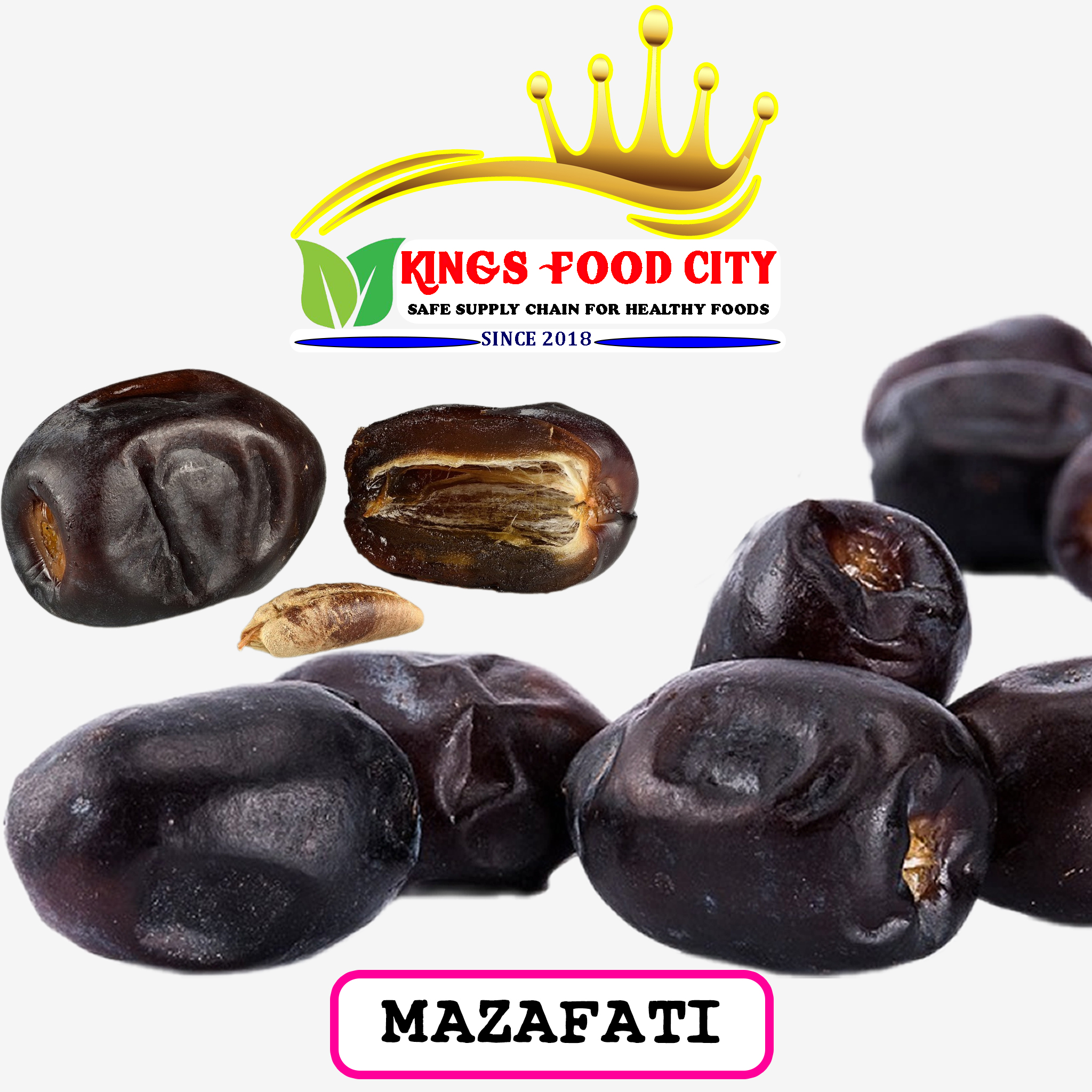History of Date Palm

The history of the date palm is absolutely fascinating. In fact, this iconic plant has played a crucial role in shaping human civilization, particularly in regions with arid and semi-arid climates.
One old saying describes the date palm as growing with “its feet in the water and its head in the fire.” The date palm scientifically is known as Phoenix dactylifera. It is believed to have originated in the region encompassing modern-day Iraq and the Arabian Peninsula. Its early cultivation dates back to around 6000 BCE, making it one of the oldest cultivated trees known to humanity. Dating back to ancient Mesopotamia, the date palm has been a symbol of sustenance, vitality, and prosperity for numerous cultures. In Mesopotamian mythology, the date palm was celebrated as a sacred tree. Accordingly, it was associated with the goddess Inanna and was a vital source of food and materials for construction and crafts.
Ancient Egypt's reverence for the date palm is evident in various forms of artwork and artifacts. Besides, the Egyptians used dates not only as a dietary staple but also for medicinal and religious purposes. The tree's importance is further highlighted in the hieroglyphics, where the date palm tree represents the concepts of "to be" and "to exist."
As human civilizations expanded and trade routes flourished, the cultivation of date palms spread across North Africa. Eventually, they reached in the regions such as the Mediterranean and the Indian subcontinent. The resilient nature of the date palm allowed it to thrive in diverse environments, contributing to its widespread cultivation. Today, the date palm continues to be an essential agricultural crop across the Middle East, North Africa, and parts of Asia. It plays significantly a vital role in local economies, materials for construction, and even serving as a focus for landscaping due to its striking appearance.
One old saying describes the date palm as growing with “its feet in the water and its head in the fire.” The date palm scientifically is known as Phoenix dactylifera. It is believed to have originated in the region encompassing modern-day Iraq and the Arabian Peninsula. Its early cultivation dates back to around 6000 BCE, making it one of the oldest cultivated trees known to humanity. Dating back to ancient Mesopotamia, the date palm has been a symbol of sustenance, vitality, and prosperity for numerous cultures. In Mesopotamian mythology, the date palm was celebrated as a sacred tree. Accordingly, it was associated with the goddess Inanna and was a vital source of food and materials for construction and crafts.
Ancient Egypt's reverence for the date palm is evident in various forms of artwork and artifacts. Besides, the Egyptians used dates not only as a dietary staple but also for medicinal and religious purposes. The tree's importance is further highlighted in the hieroglyphics, where the date palm tree represents the concepts of "to be" and "to exist."
As human civilizations expanded and trade routes flourished, the cultivation of date palms spread across North Africa. Eventually, they reached in the regions such as the Mediterranean and the Indian subcontinent. The resilient nature of the date palm allowed it to thrive in diverse environments, contributing to its widespread cultivation. Today, the date palm continues to be an essential agricultural crop across the Middle East, North Africa, and parts of Asia. It plays significantly a vital role in local economies, materials for construction, and even serving as a focus for landscaping due to its striking appearance.
Features of Mazafati Date (Rutab)
Indeed, Mazafati dates are a type of date fruit that is highly regarded for its delicious taste and unique attributes. This type of date is known to have a high moisture content, which means that it is not typically used as a nut. Generally, Mazafati dates vary in moisture content depending on the time of harvest and the area in which they are grown. Accordingly, the size of this fruit, with moisture levels ranging between 15% to 35%, typically falls between 2.5 cm to 4.5 cm. Also, the flesh of the Mazafati date is especially useful and adds to its overall desirability. One could describe the flavor of Mazafati dates as a natural soft caramel or chocolate. Then, our customers are excited to experience the sweet and soft melting sensation of this exquisite fruit.
The ripe Mazafati date tends to have a dark purple-to-almost-black color. One thing to note about the Mazafati date sap is that it tends to be quite abundant. this can actually be a helpful indicator of quality. As a general rule of thumb, the more juice a Mazafati date has, the higher its quality is likely to be.
Additionally, texture is another key factor in determining the quality of the Mazafati date. In other words, a high-quality Mazafati date will typically have a soft, thin texture, while a low-quality one may be harder and dryer to the touch. Fortunately, you can rest assured that no preservatives or chemical additives are added to these dates
Health Benefits of Mazafati Dates
Mazafati dates are a truly exceptional type of date fruit that is renowned for its incredible health benefits. Not only are they loaded with important daily energy, but they are also packed with various nutrients that are essential for our wellbeing. Furthermore, these naturally delicious gems are rich in vitamin B, iron and phosphorous, and boast a high amount of potassium and vitamin A.
Additionally, Mazafati dates are abundant in fiber which is incredibly beneficial for individuals who suffer from constipation or excess acid reflux. Most notably, this fruit is widely recognized as a natural laxative. Furthermore, Mazafati dates are low in fat and completely free from cholesterol, making them an amazing energy booster for health-conscious people. With the highly natural sugars such as glucose, sucrose, and fructose present, these fruits make for great muscle nourishment. Whether you prefer to eat them whole or add them to smoothies, salads, or main meals, they are an excellent choice for anyone looking to incorporate a nutritious item into their diet.
Additionally, Mazafati dates are abundant in fiber which is incredibly beneficial for individuals who suffer from constipation or excess acid reflux. Most notably, this fruit is widely recognized as a natural laxative. Furthermore, Mazafati dates are low in fat and completely free from cholesterol, making them an amazing energy booster for health-conscious people. With the highly natural sugars such as glucose, sucrose, and fructose present, these fruits make for great muscle nourishment. Whether you prefer to eat them whole or add them to smoothies, salads, or main meals, they are an excellent choice for anyone looking to incorporate a nutritious item into their diet.
Item | Description |
|---|---|
All Names | Mazafati, Bam date, Kimia, Rotab (Rutab) |
Category | Fresh, Semi-fresh, Dry |
Moisture | Fresh: Max 25%, Semi-fresh: Max 20%, Dry: Max 16% |
Shape | Oval-cylindrical |
Color | Dark purple to black |
Taste | Sweet, Caramel-like, Chocolaty |
Skin | Thick, Silky, Shiny, Wrinkle free, Slightly cling to the flesh |
Flesh | Soft, Meaty, Juicy |
Kernel | One single Core, Oval, Hard, It makes up 5.6–14.2% of the date’s weight, It consists of 7.7 to 9.7% of oil |
Weight | 8-13 gram |
Size | Medium to large |
Length | 2.5-4.5 cm |
Harvest Time | Late July to the late October |
Shelf Life | 12-18 months, depending on storage conditions |

